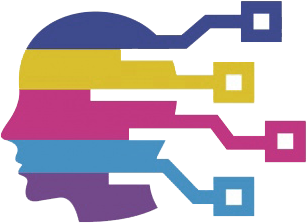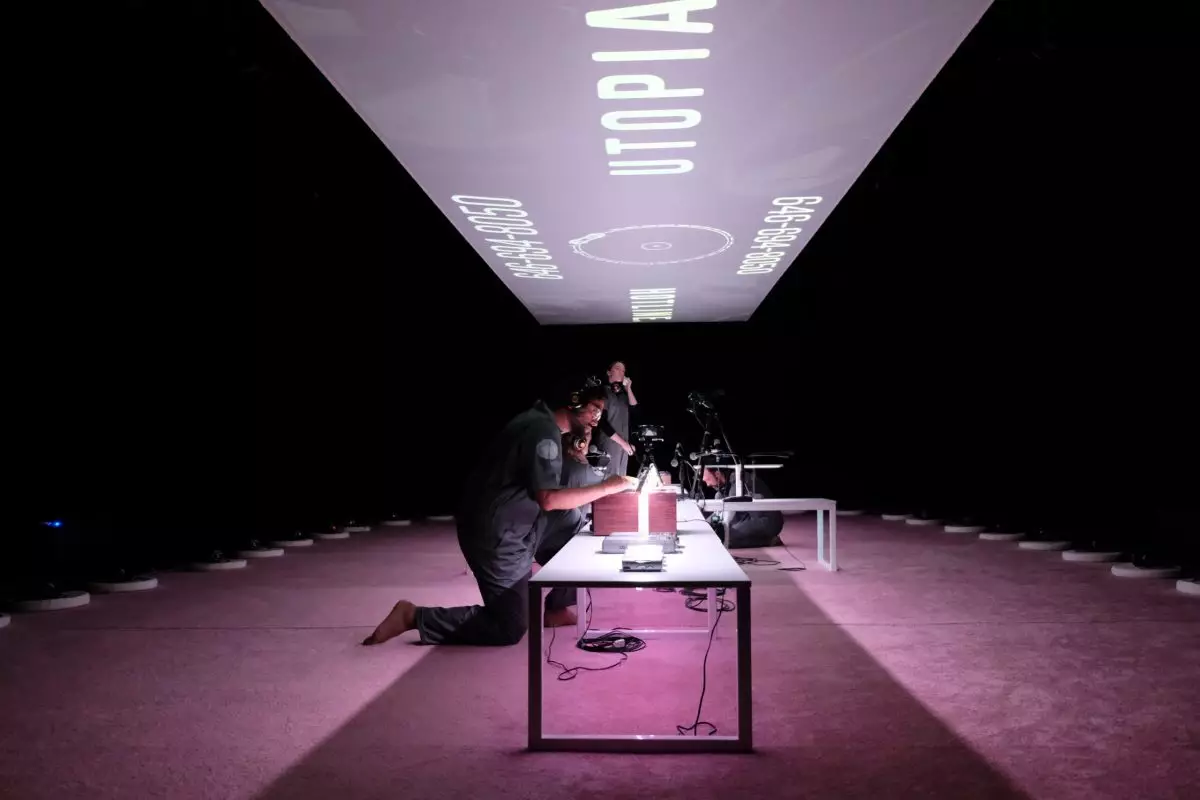In an era marked by rapid technological evolution, artists and cultural institutions find themselves at a crossroads—faced with both anxiety and unprecedented opportunity. While skepticism about AI, virtual reality, and immersive sound systems persists, forward-thinking entities like Lincoln Center for the Performing Arts are daring to embrace these tools as catalysts for reinvention. The Collider Fellowship, now in its second iteration, exemplifies this proactive approach, nurturing a new generation of multidisciplinary artists eager to push the boundaries of live performance and cultural expression.
What distinguishes this initiative is its commitment to fostering experimentation without the pressure of immediate commercialization. Unlike traditional residencies or grants that demand tangible outputs, Lincoln Center offers artists space and resources to explore, analyze, and integrate emerging technologies into their craft. This soft approach recognizes that true innovation often blossoms from patience and reflection—a philosophy that could reshape how cultural institutions support artistic development.
The lineup of Collider Fellows illustrates a rich tapestry of creative minds intertwining art, technology, identity, and social commentary. From virtual performers to AI-driven installations, these artists are not merely experimenting for novelty’s sake; they are engaging in meaningful conversations about representation, memory, and the future of storytelling. Their work reveals a crucial insight: technology, when wielded with intention, can serve as a mirror reflecting collective histories and a lens into potential futures.
Challenging the Narratives of Digital Disruption
A common thread among critics is the fear that technology erodes authenticity or devalues traditional artistry. These concerns are valid, especially when innovation appears disconnected from cultural significance. Yet, the approach championed by Lincoln Center flips this narrative. Instead of resisting change, it positions technology as an extension of artistic intuition—a versatile tool akin to a brush, a microphone, or a dancer’s movement.
For instance, the project Dream Machine by Nona Hendryx exemplifies how AI, VR, and AR can deepen cultural understanding and redefine audience engagement. By immersing visitors—particularly those from marginalized communities—in Afrofuturist worlds, the installation not only celebrates Black and Brown identities but actively challenges the industry’s historical erasure of these voices. It demonstrates that technology can serve as a bridge—fostering inclusion, representation, and empathy.
This perspective reflects a broader optimism: that innovation aligns with artistic integrity when approached thoughtfully. Instead of viewing AI as a threat, these artists see it as an empowering tool—an opportunity to broaden creative horizons and craft experiences that resonate on emotional, social, and cultural levels. Such a stance questions the premise that technological disruption is inherently detrimental to the arts, instead asserting that it can amplify voices that have long been marginalized.
Redefining Audience Engagement and Accessibility
Perhaps the most compelling aspect of integrating advanced technology into the arts is the potential to democratize access. Traditional performance spaces, while culturally significant, often limit engagement to geographic and socioeconomic boundaries. The Collider Fellowship’s openness to remote work, virtual performances, and extended reality experiences hints at a future where art is no longer confined within physical walls.
By experimenting with VR, AR, and multisensory environments, artists can craft immersive narratives accessible to global audiences. This is particularly crucial in a world grappling with the aftermath of a pandemic that disrupted the live arts sector. Technological innovation could serve as a vital lifeline—allowing audiences from diverse backgrounds to experience culture in profoundly personal ways, regardless of their physical location.
Furthermore, this approach challenges institutions to reconsider their roles—not solely as custodians of tradition but as facilitators of experimental dialogue. The non-transactional nature of Lincoln Center’s fellowship underscores this ethos, emphasizing reflection and growth rather than immediate product deployment. Artists are encouraged to take risks, to slow down, to explore ideas that may not yet be commercially viable but have the potential to spark meaningful cultural shifts.
The Power and Pitfalls of Artistic Technological Symbiosis
While embracing technology offers exhilarating possibilities, it also demands critical engagement. It’s easy to become enamored with flashy visuals or immersive effects, risking superficiality at the expense of depth. The challenge lies in ensuring that technological tools serve narrative and community-building rather than mere gimmickry.
Artists like Stephanie Dinkins exemplify this thoughtful integration, focusing on race, identity, and societal implications of emerging tech. Their work prompts audiences not only to witness but to question—about their own place within a digitally mediated world. Such projects remind us that technology’s greatest power in the arts is its capacity to elevate conversations about social justice, history, and humanity.
However, the reliance on cutting-edge tech can also marginalize those without access or familiarity, risking the reinforcement of digital divides. The success of these explorations hinges on fostering inclusivity—intentionally designing experiences that are accessible and meaningful across diverse communities. Institutions like Lincoln Center have a duty to ensure that technological innovation does not become an elitist pursuit but remains rooted in societal dialogue.
A New Paradigm for Artistic Collaboration and Growth
The Collider Fellowship embodies a paradigm shift: a move away from simplistic notions of innovation as a means to sell or showcase art, towards a broader understanding of artistic growth as an ongoing, collaborative, and reflective process. It invites artists—not just to experiment but to consider how technology can deepen their engagement with audiences, elevate marginalized voices, and redefine cultural narratives.
In this context, emerging technologies cease to be threats and become partners in an expansive creative dialogue. Their integration challenges artists and institutions to reimagine what performance can mean in the 21st century—a hybrid space where tradition and innovation coexist, enriching one another in unpredictable and exciting ways. This evolving landscape demands both courage and criticality from artists, curators, and audiences alike.
The future of arts and culture, as illuminated by these innovative programs, is not about replacing human touch with machinery but about augmenting and amplifying the human stories that lie at the core of all artistic endeavors. When wielded thoughtfully, technology has the potential to unlock new dimensions of empathy, understanding, and cultural resilience—propelling the arts into a realm of endless possibility.

